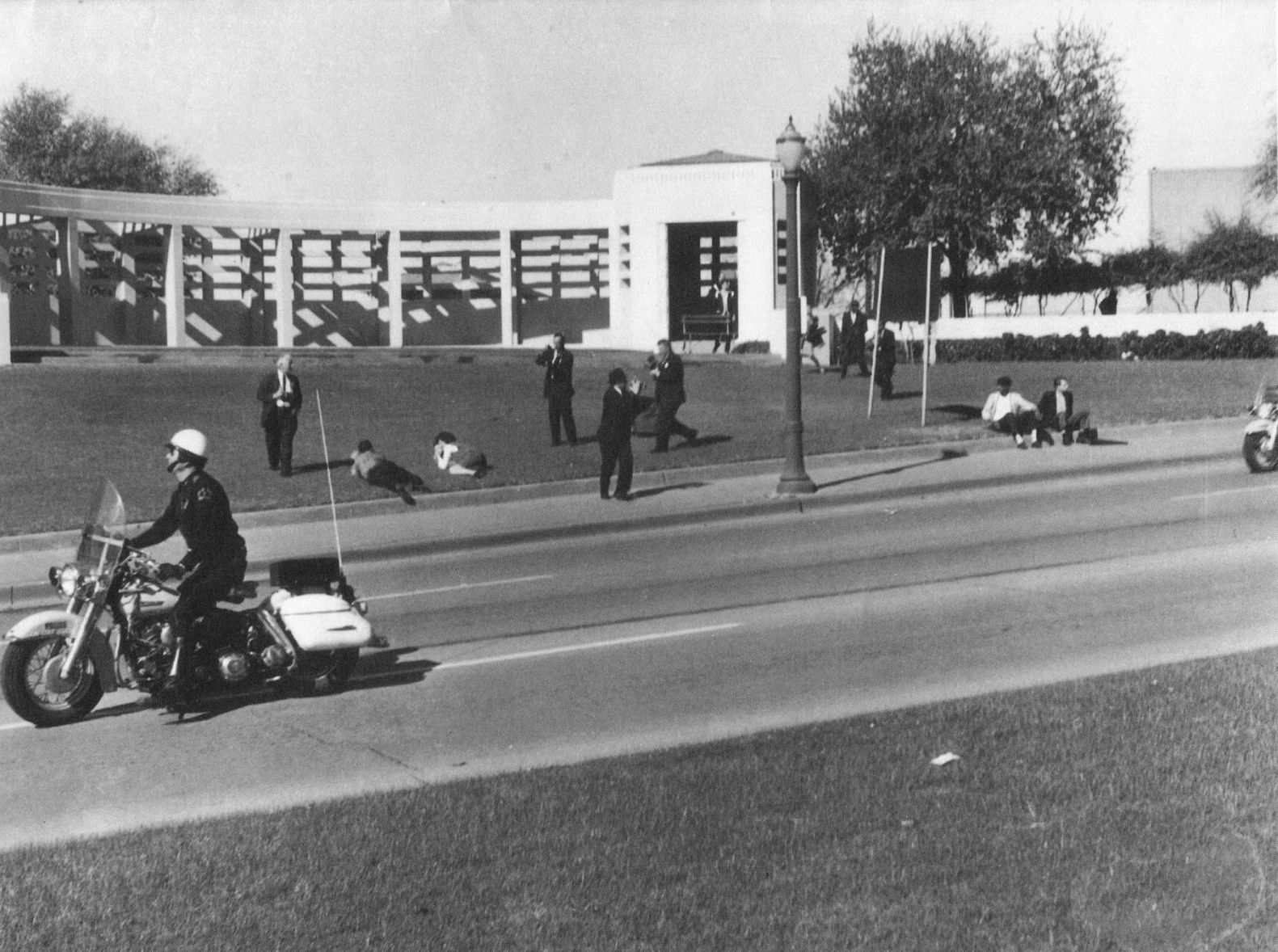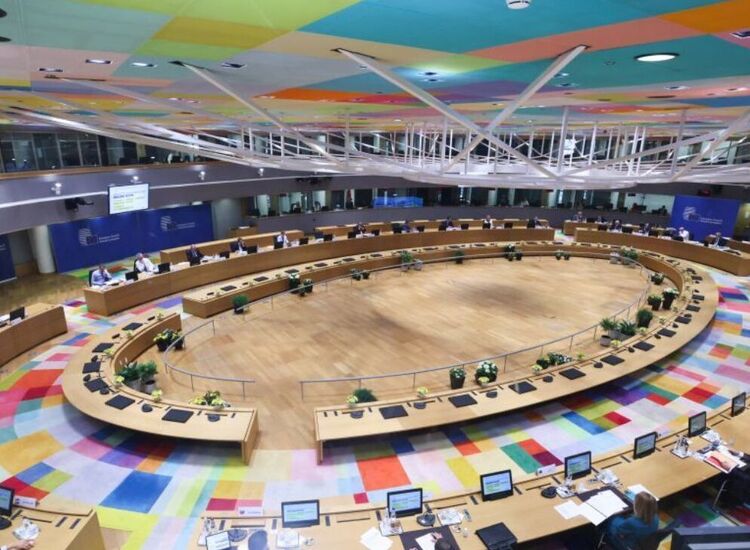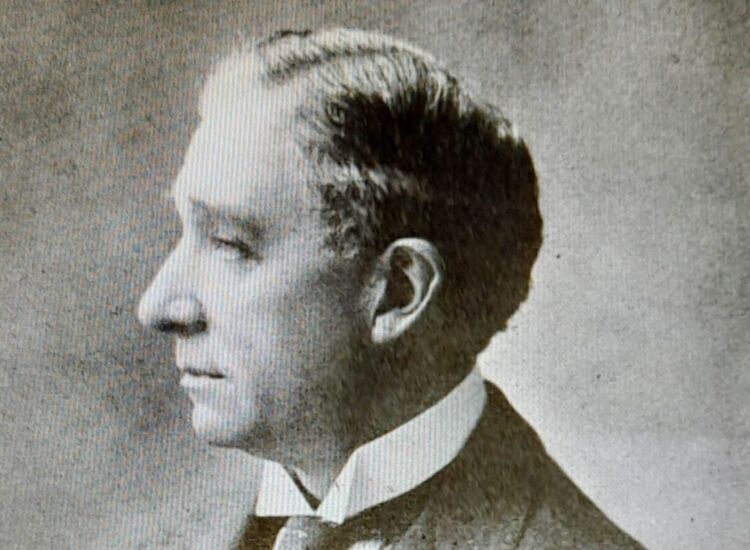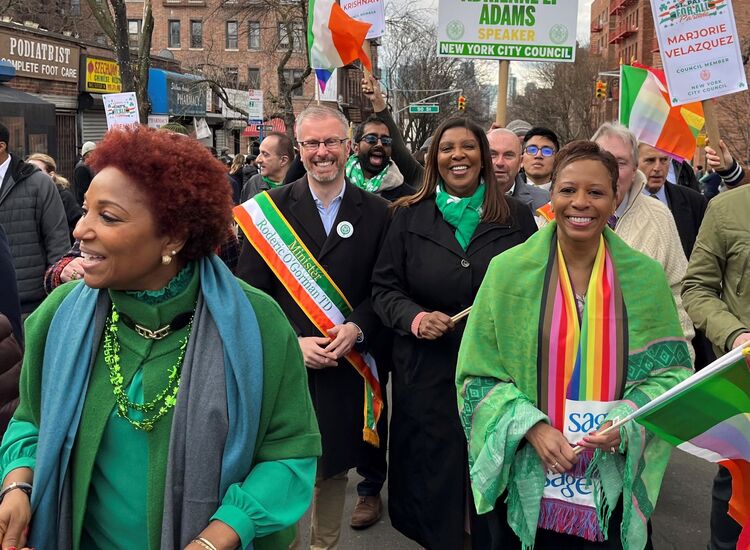As mentioned in this piece from Nov. 1, 2017, Northeastern University historian Edward H. Miller, via his 2015 book “Nut Country,” is a lone voice that has put the Umbrella Man of Dallas in his proper context. Louie Steven Witt’s protest of 59 years ago this week was a peaceful one, but it pushed the same message contained in the “Wanted for Treason” handbills and the “Welcome, Mr. Kennedy” full-page ad of Nov. 22. For decades America tried to avoid thinking about its “nut country”; then Jan. 6 happened.
The New York Times might have to modify its information about “The Umbrella Man,” but not because of anything in the released files relating to President John F. Kennedy’s assassination.
The newspaper posted a short interesting film by the documentarian Errol Morris on Nov. 22, 2011, in which assassination researcher Josiah “Tink” Thompson sketched out the story of how the only person standing under an umbrella in Dallas on Nov. 22, 1963 was just a few yards from the president when he was killed. And the Times inevitably referenced it again last week.
In the film, Thompson cited John Updike’s New Yorker “Talk of the Town” column in December 1967, in which the novelist said: “We wonder whether a genuine mystery is being concealed here or whether any similar scrutiny of a minute section of time and space would yield similar strangenesses—gaps, inconsistencies, warps, and bubbles in the surface of circumstance.”
The navy veteran and youthful professor of philosophy Thompson changed careers following the 1966 publication of his book “Six Seconds in Dallas,” which argued that a combined four shots were fired at the president from possibly three directions. He became a private investigator.
He coined the term “The Umbrella Man” in his book, but paid little attention to him. Not so, those he called the “wing nuts” – their view was either this well-dressed guy with the black umbrella was signaling others or he was himself an assassin, with his umbrella having a dart-firing capacity.
“Can anyone come with a non-sinister explanation for this?” Thompson asked rhetorically in Morris’s film.
Well yes, of course. Louie Steven Witt came forward in 1978 and testified to House Select Committee on Assassinations that he was the man holding the black umbrella. None of this could stop movie director Oliver Stone involving him in the plot to kill the president in “JFK” in 1991.
Thompson explained to Morris: “It was a protest. A visual protest. It wasn’t a protest at any of John Kennedy’s policies as president. It was a protest at the appeasement policies of Joseph P. Kennedy when he ambassador to the Court of St. James in 1938 and ’39. It was a reference to Neville Chamberlain’s umbrella [and the prime minister’s appeasement of Hitler and the Nazis].
“I read that, and I thought: ‘This is just wacky enough – it just has to be true.' And I take it to be true,” Thompson said.
And the Times is also very happy with this explanation.
All very well, except that there is a lot of evidence to suggest that umbrella protests were not uncommon and that while they invoked Chamberlain, they were generally meant to suggest contemporaneous Chamberlain-like policies that appeased communists
President Eisenhower, who could never be accused of being soft on Nazis, would never be photographed under an umbrella and President Nixon was even a target of right-wing umbrella protests after he met with Chairman Mao in China in 1972.
Columbia Professor Todd Gitlin remembered in his memoir of the 1960s, “Day of Hope, Days of Rage” (1987), helping to organize a peace rally in Harvard in the middle of the Cuban Missile Crisis in October 1962.
“Outside our hall, several dozen anti-Castro émigrés who showed up late banged on the doors and windows. In one corner, right-wingers from Young Americans for Freedom hoisted black umbrellas, intimating that we were Munich-minded equivalents of Neville Chamberlain, and hissed sporadically throughout the evening.”
Witt, who was 39 in 1963, told the committee 15 years later that he was a “conservative-type fellow” and a work colleague had suggested the umbrella would be a “sore point” with Kennedy because of his father and, thus, the ideal way to “heckle the President’s motorcade.”
“Plausible” writes historian Edward H. Miller in “Nut Country: Rightwing Dallas and the Birth of the Southern Strategy” (2015) about Witt’s explanation. But even if true, he says, the more contemporary symbolism couldn’t have been missed by others around him. And in any case, Miller doesn’t really buy Witt’s anodyne version, for he states: “Highlighting just how thoroughly ultraconservative ideology had permeated Dallas politics, the most bizarre criticism of disarmament policy occurred in Dealey Plaza at the very moment of President Kennedy’s assassination.”
So, here we have one of the first conspiracy theorists, a man who has written books about the philosopher Kierkegaard, challenge the wing nuts on the issue of the Umbrella Man, via Errol Morris and the skeptical New York Times; yet an interesting detail of the political backdrop, which has nothing to do with a conspiracy, gets missed.
Likewise in the noise in recent days about Vice-President Johnson, Hoover and the FBI, the CIA, Moscow and Havana, the worlds of the non-state actors in the shadows get lost.
Anthony Summers, the County Waterford-based author of "Not in Your Lifetime," told me at the time of JFK’s centenary in May that anybody who knows anything about the case could only “agnostic” about it. In tandem with the work of the HSCA, his researches have often focused on the organized crime bosses Santo Trifficante and Carlos Marcello, as have those of David Kaiser, formerly a professor at the United States Naval War College and the only professional historian to have written a book about the assassination, “The Road to Dallas” (Harvard University Press, 2008).
“A lot of witnesses spoke cogently about Oswald working for anti-Castro people,” Summers said back in the spring. “Well, what’s that about?”
The Times provided links to documents that are portals to those worlds. One article in the paper states: “A CIA document alleges that Oswald may have been accompanied on his mysterious September 1963 trip to Mexico City by ‘El Mexicano.’” The latter is believed to have been Francisco Rodriguez Tamayo, a former Cuban rebel who defected to the U.S. in June 1959 and led the anti-Castro training camp at Pontchartrain, La.
No doubt, we can look forward to some interesting analyses of these documents in coming months.








